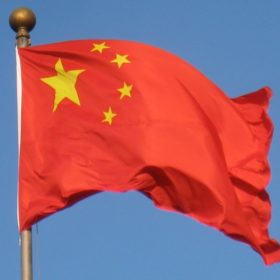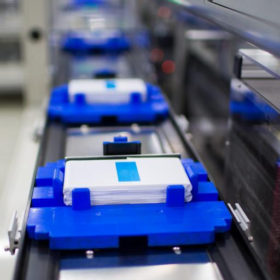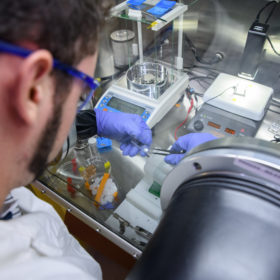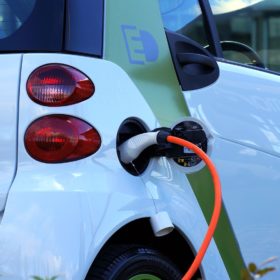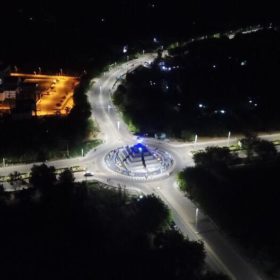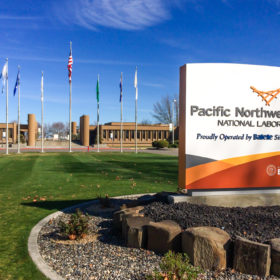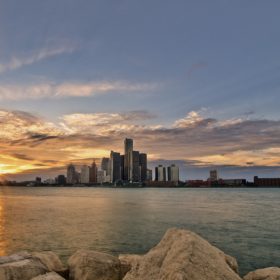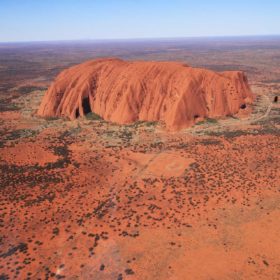Single-walled carbon nanotubes go into industrial production in China
The material is a conductive additive for silicon anodes in lithium-ion batteries, helping to improve cycle life and increase energy density. It has taken decades to bring the nanotubes into commercial production.
Battery maker CATL ramps up investment in German gigafab to €1.8 billion
Previously, a mere €240 million was set to flow into the giga-factory. The corporation’s management reasoned new demand for its battery cells made more investment necessary.
Battery scientists make a cracking observation
Scientists at the Georgia Institute of Technology in the U.S. used x-ray imaging to observe cracks forming in a solid state lithium battery, a discovery they say changes the understanding of performance of solid state batteries and which could lead to more durable systems.
Ganfeng Lithium wagers $28m on Sonora lithium deposits in Mexico
The Chinese lithium-ion battery producer has taken significant stakes in two U.K. entities associated with a mine which could hold up to 8.8 million tons of the raw material in clay deposits.
Japan’s ENERES developing virtual power plant with 10,000 assets
The energy services firm will use software from California’s AutoGrid to develop a VPP which will draw on PV generation, energy storage and demand response technology. ENERES wants businesses to come on board and burnish their renewables credentials.
Los Angeles seeks record sub-two cent solar power price
The city’s municipal utility is readying a 25-year power purchase agreement for 400 MWac of solar at $0.01997/kWh along with up to 200 MW/800 MWh of energy storage at $0.013/kWh.
Nigeria taps mini-grids to power universities
Four Nigerian universities are in the final stages of abandoning the country’s main grid to be fully powered by mini-grids. Nigeria aims to use more mini-grid technology to power its people by tapping a $550 million World Bank loan.
Researching some cool new battery materials
Scientists from China and the United States have developed an additive for electrolyte materials they say could improve the operating temperature range for lithium-ion batteries, allowing them to operate down to minus 40 degrees Celsius without compromising performance at temperatures up to 60 degrees Celsius.
Akasol plans to build new battery factory near Detroit
The German battery manufacturer will make products for electric trucks and buses at the facility, which is expected to employ 200 workers and produce 400 megawatt-hours of batteries annually.
Pre-assembled concept proposed for 10 GW Australian PV project
Singapore’s Sun Cable is eyeing up what would be the world’s biggest solar project by some distance. Australia’s Northern Territory government is on board with the plans and an environmental approval application is in the works. Project plans include deployment of the 5B pre-assembled array concept.
